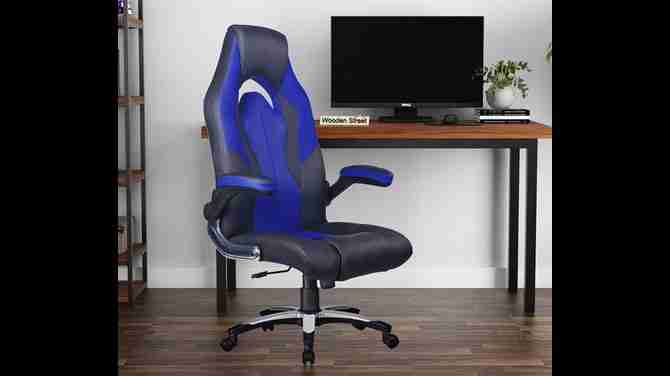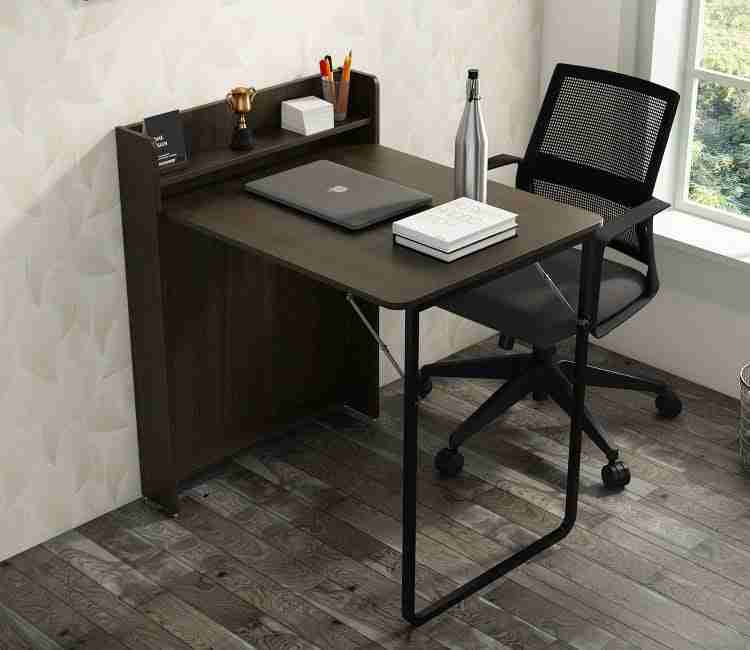In the era of remote work, having a productive home office has become essential. A well-organized, comfortable, and efficient workspace can significantly boost your productivity and overall well-being. Here are some tips to help you set up a productive home office.
1. Choose the Right Location
Selecting the right spot for your home office is crucial. Ideally, it should be a quiet area with minimal distractions. If possible, choose a room with a door that you can close during work hours. If space is limited, find a corner of a room that you can dedicate exclusively to work.
2. Invest in Quality Furniture
Comfortable and ergonomic furniture is key to maintaining productivity and preventing physical strain. Consider the following:
- Ergonomic Office Chair: A chair with adjustable height, lumbar support, and armrests will help you maintain good posture and reduce the risk of back pain.
- Sturdy Desk: Choose a desk with enough surface area to accommodate your computer, paperwork, and other office essentials. Ensure it’s at a comfortable height to prevent strain on your wrists and arms.

3. Optimize Lighting
Good lighting is essential for reducing eye strain and maintaining focus. Natural light is ideal, so position your desk near a window if possible. Supplement with task lighting, such as a desk lamp with adjustable brightness, to ensure adequate illumination during darker hours.
4. Minimize Clutter
A clutter-free workspace promotes a clear mind and better productivity. Keep your desk organized with the help of:
- Storage Solutions: Use shelves, drawers, and filing cabinets to store documents and office supplies.
- Cable Management: Tidy up loose cables with cable organizers or clips to keep your workspace neat.
5. Incorporate Technology
Equip your home office with the necessary technology to streamline your work:
- High-Speed Internet: A reliable internet connection is essential for video calls, file transfers, and online research.
- Quality Hardware: Invest in a good computer, monitor, keyboard, and mouse. Dual monitors can enhance productivity by providing more screen space.
6. Personalize Your Space
Personalizing your workspace can make it more inviting and comfortable. Add elements that inspire you, such as:
- Plants: Indoor plants can improve air quality and add a touch of nature.
- Artwork: Hang artwork or photos that motivate you or bring joy.
- Comfort Items: Include items like a cozy throw blanket or a cushion for added comfort.
7. Set Boundaries
Maintaining a work-life balance is essential when working from home. Set clear boundaries to separate your work time from personal time:
- Work Hours: Establish regular work hours and stick to them. Communicate your schedule to family members to minimize interruptions.
- Breaks: Take regular breaks to stretch, walk around, and rest your eyes. Consider using the Pomodoro technique, which involves working for 25 minutes and then taking a 5-minute break.
8. Create a Routine
A consistent routine can help signal to your brain that it’s time to work. Develop habits such as starting your day with a morning routine, dressing for work, and setting a to-do list to keep you focused and productive.
9. Ensure Privacy and Noise Control
Privacy and noise control are vital for concentration. Use noise-canceling headphones to block out distractions, and consider adding a white noise machine if background noise is a concern. If privacy is an issue, use room dividers or curtains to create a more secluded workspace.
10. Prioritize Ergonomics
Maintaining proper ergonomics is crucial for long-term health. Ensure your desk setup promotes good posture:
- Monitor Height: Position your monitor at eye level to avoid neck strain.
- Keyboard and Mouse: Keep your keyboard and mouse at a comfortable height to prevent wrist strain. Consider using an ergonomic computer chair.
Conclusion
Setting up a productive home office involves more than just finding a spot to work. It requires careful consideration of your workspace's comfort, organization, and functionality. By investing in quality furniture, optimizing lighting, minimizing clutter, incorporating technology, and personalizing your space, you can create an environment that fosters productivity and well-being. Establishing boundaries, creating a routine, ensuring privacy, and prioritizing ergonomics will further enhance your ability to work efficiently from home.




